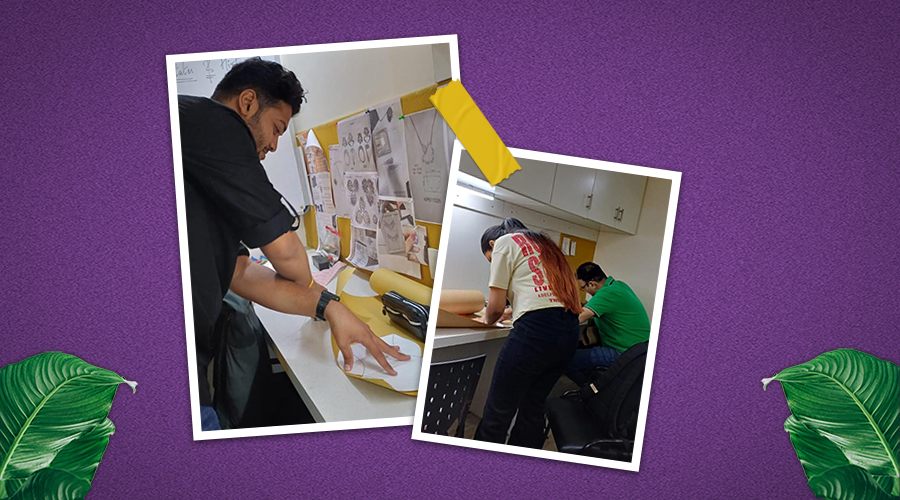In an era where environmental concerns are at the forefront of global discussions, the role of design in fostering sustainability has never been more critical. This was the driving force behind a recent eco packaging session conducted for foundation design students at the International School of Design, Pune. This workshop not only illuminated the intricacies of sustainable packaging but also inspired the next generation of designers to integrate eco-friendly practices into their work.
Understanding Eco Packaging
Eco packaging, often referred to as sustainable packaging, is designed to minimize environmental impact throughout its lifecycle—from production and distribution to disposal. Traditional packaging materials, such as plastics and non-biodegradable substances, contribute significantly to pollution and waste. In contrast, eco packaging emphasizes the use of renewable resources, recyclability, and biodegradable materials.
During the session, students learned about various types of eco-friendly materials, including recycled paper, biodegradable plastics, and plant-based packaging solutions. This foundation set the stage for exploring how design can not only accommodate but also enhance the functionality and appeal of sustainable materials.
The Importance of Design in Sustainable Packaging
One of the key takeaways from the session was the vital role that design plays in sustainable packaging. It is not enough to merely use eco-friendly materials; the design must also engage consumers and convey the brand’s commitment to sustainability. A well-designed eco package can reduce material usage, improve shelf appeal, and encourage consumer interaction, ultimately leading to a shift in purchasing behaviors.
The workshop included case studies of brands that successfully implemented sustainable packaging solutions. Students examined how companies like Unilever, Coca-Cola, and Nestlé have redefined their packaging strategies to reduce waste and promote environmental stewardship. Through these examples, students saw the potential for innovation and creativity in sustainable design.
Hands-On Activities
To deepen their understanding, students participated in hands-on activities that challenged them to think critically about packaging design. One such exercise involved redesigning a conventional product package using eco-friendly materials. Students brainstormed ideas and created prototypes, focusing on form, function, and sustainability.
They were encouraged to consider various factors, such as the lifecycle of materials, transportation efficiency, and consumer engagement. By working through the design process, students gained valuable insights into the challenges and opportunities associated with sustainable packaging.
Challenges and Opportunities
While the eco packaging movement is gaining momentum, it is not without its challenges. Students discussed issues such as cost implications, consumer awareness, and the need for regulatory support to promote sustainable practices. However, the conversation also emphasized the immense opportunities that lie ahead.
As consumers increasingly seek out environmentally friendly products, designers have the chance to create innovative solutions that not only meet market demands but also contribute to a more sustainable future. The passion and creativity demonstrated by the students during the session underscored the potential for impactful design in driving change.
The eco packaging session at the International School of Design Pune was a resounding success, igniting a passion for sustainability among foundation design students. By equipping them with knowledge and practical skills, the session prepared students to tackle the challenges of packaging design in an eco-conscious manner.
In a world where sustainability is no longer optional, but a necessity, the call to action is clear: let’s design with purpose, keeping our planet at the heart of every decision we make. The future of design lies in our hands, and it is up to us to ensure that it is a future worth living in.




